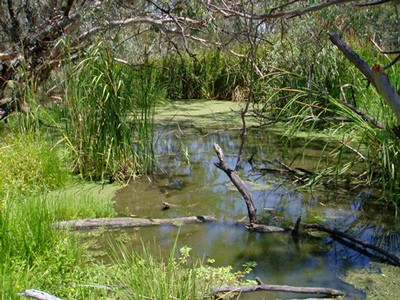The Independent Expert Scientific Committee on Unconventional Gas Development and Large Coal Mining Development’s (IESC) advice helps increase transparency and strengthens the scientific basis of regulatory decisions through independent scientific advice on the potential impacts of unconventional gas or large coal mining developments.

Who makes the decisions?
The IESC do not make decisions about whether to approve a development proposal. The Australian Government and relevant state government regulators have this responsibility.
When is IESC advice requested?
Under the Environment Protection and Biodiversity Conservation Act 1999 (Cth) (EPBC Act) the Australian Government regulator requests IESC advice on the potential impacts to water resources from unconventional gas and large coal mining development proposals if the proposal is deemed to have, or is likely to have, a significant impact on water resources.
This is sometimes referred to as the ‘water trigger’ in the EPBC Act. The Australian Government Environment Minister must seek the IESC's advice on any assessment and approval process where the water trigger applies.
In addition to the water trigger, the IESC may also be requested to provide advice on any matter, providing the Australian Government Environment Minister provides written approval and the IESC has sufficient scientific expertise.
Advice from the IESC
Advice from the IESC makes regulatory decisions more transparent and gives regulators a stronger scientific basis.
The IESC considers all potential impacts on water resources. This includes the potential impacts on groundwater, surface water, water quantity and quality, ecosystems and ecological processes that affect the water resource and water-dependent assets.
Advice is based on the best available scientific information. This includes:
- IESC members' extensive experience in their academic field
- research relevant to the proposals being considered, including research commissioned by the Australian Government to better understand the impacts of coal seam gas and coal mining development on water resources. This research can be found at : Coal and coal seam gas - Science and research
- reports published under the Bioregional Assessment Program
Publication of advice
The IESC publish their scientific advice within 10 business days after the advice has been provided to the regulator(s). This means the community has access to the same scientific information the regulator has.


